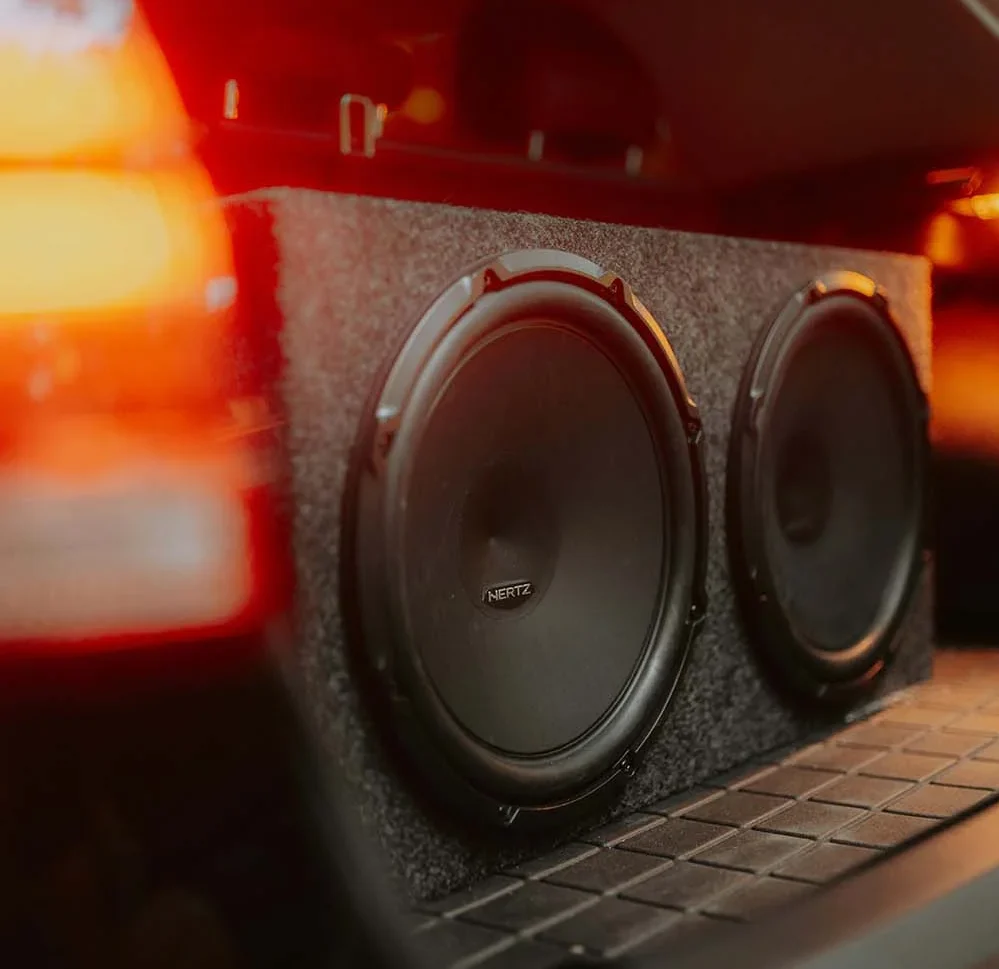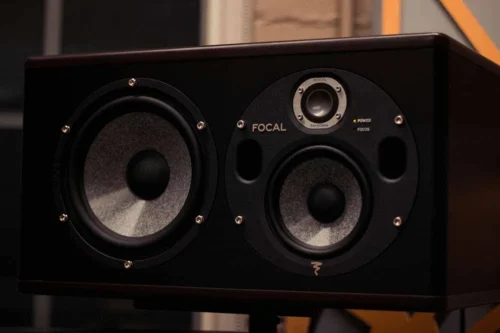
Welcome to our guide on how to determine if your subwoofer is blown. A subwoofer is a crucial component of any audio system, responsible for delivering deep bass and adding a layer of depth to your music and movies.
However, over time, subwoofers can experience wear and tear, leading to potential issues like blown speakers. Identifying whether your subwoofer is blown is essential for troubleshooting and ensuring optimal performance from your audio setup.
In this guide, we will walk you through the signs and symptoms of a blown subwoofer, as well as the steps you can take to find the issue.
Noticing unusual sounds, lack of bass, or other audio irregularities? – We’ll provide you with the knowledge and tools to assess the condition of your subwoofer accurately.
Signs your Subwoofer has Blown
Several telltale signs to indicate your subwoofer may have blown:
- No Sound Output: One of the most obvious signs of a blown subwoofer is the lack of sound output. If your subwoofer suddenly stops producing sound or significantly decreases in volume, it could be a sign that the speaker has blown.
- Distorted Sound: If you notice that the sound coming from your subwoofer is distorted or muffled, it could be a sign that the speaker has blown. Distorted sounds can manifest as crackling, popping, or buzzing noises, indicating damage to the speaker cone or voice coil.
- Rattling or Vibrating Noises: Another common sign of a blown subwoofer is rattling or vibrating noises, particularly during high-volume playback. These noises may occur due to loose or damaged components inside the speaker enclosure, such as the voice coil or woofer cone.
- Overheating: A blown subwoofer may also exhibit signs of overheating, such as a burning smell or excessive heat emanating from the speaker enclosure. Overheating can occur when the amplifier pushes too much power to the subwoofer, causing damage to the internal components.
How to Identify a Blown Subwoofer
Identifying a blown subwoofer requires a careful examination of various factors to pinpoint the issue accurately. Here’s how you can identify if your subwoofer is blown:
- Visual Inspection: Start by visually inspecting the subwoofer for any visible signs of damage. Look for tears, punctures, or holes in the speaker cone, as well as damage to the surround and spider. Additionally, check for any burnt or melted components, such as the voice coil or amplifier.
- Check for Continuity: Use a multimeter to check the continuity of the subwoofer’s voice coil. Disconnect the subwoofer from the amplifier and set the multimeter to the ohms setting. Place the probes on the positive and negative terminals of the voice coil. If the multimeter displays an open circuit or infinite resistance, it indicates a blown voice coil.
- Listen for Abnormal Sounds: Turn on the subwoofer and listen carefully for any abnormal sounds during playback. Pay attention to rattling, buzzing, or scratching noises, as these may indicate damage to the speaker cone or voice coil. Additionally, listen for any gaps or inconsistencies in the bass response, which could suggest a blown subwoofer.
- Test with Known Good Signal: Connect the subwoofer to a known good audio signal source, such as a different amplifier or audio device. Play a bass-heavy track at moderate volume and listen for any distortion or abnormalities in the sound output. If the subwoofer still exhibits issues, the speaker is likely blown.
- Professional Inspection: If you’re unable to identify the issue on your own, consider seeking professional assistance. A qualified audio technician can perform a more thorough inspection and diagnosis of the subwoofer to determine the extent of the damage and recommend appropriate repairs or replacements.
Ways to Troubleshoot
Troubleshooting a subwoofer can help identify and resolve issues that may be affecting its performance. Here are some effective ways to troubleshoot a subwoofer:
- Check Power Connection: Ensure that the subwoofer is properly connected to a power source and that the power cable is securely plugged into the outlet. If the subwoofer has a power indicator light, check if it is illuminated. If not, try plugging the subwoofer into a different power outlet or using a different power cable to rule out power-related issues.
- Inspect Audio Connections: Verify that the audio cables connecting the subwoofer to the audio source (such as an amplifier or receiver) are securely connected. Check both ends of the cable for any damage or loose connections. If possible, try using different audio cables to see if the issue persists.
- Adjust Volume and Settings: Check the volume and settings on both the subwoofer and the audio source device. Ensure that the volume levels are set to an appropriate level and that any bass or crossover settings are configured correctly. Experiment with different settings to see if it affects the subwoofer’s performance.
- Test with Different Audio Source: Connect the subwoofer to a different audio source, such as a different amplifier or audio device, to determine if the issue is with the subwoofer or the audio source. Play audio through the new source and observe if the subwoofer produces sound properly.
- Perform Subwoofer Reset: Some subwoofers have a reset function that can help resolve minor issues. Refer to the subwoofer’s user manual for instructions on how to perform a reset. This typically involves powering off the subwoofer, unplugging it from the power source, and then holding down a reset button or sequence of buttons for a few seconds before reconnecting and powering on the subwoofer.
- Contact Manufacturer Support: If the troubleshooting steps above do not resolve the issue, consider reaching out to the manufacturer’s customer support for further assistance. Provide them with details about the issue you’re experiencing and any troubleshooting steps you’ve already taken. They may be able to offer additional guidance or recommend further troubleshooting steps.

How to Prevent Damage
Here are some effective ways to prevent damage to your subwoofer:
- Use Proper Amplification: Ensure that your subwoofer is powered by an amplifier that matches its power requirements. Using an underpowered amplifier can cause the subwoofer to distort at high volumes, leading to potential damage. Plus, using an overpowered amplifier can also cause damage by overpowering the subwoofer’s voice coil.
- Set Correct Gain Levels: Properly set the gain levels on your amplifier to match the output of your head unit or audio source. Adjusting the gain too high can cause the amplifier to clip, sending distorted signals to the subwoofer and potentially damaging it. Use a multimeter or oscilloscope to accurately set the gain levels to prevent clipping.
- Mind the Volume Levels: Avoid playing audio at excessively high volumes for extended periods, especially if the subwoofer is producing distorted or clipped sound. Prolonged exposure to high volumes can cause the subwoofer’s voice coil to overheat and potentially fail. Use caution when adjusting volume levels and listen for any signs of distortion.
- Monitor Thermal Limits: Be mindful of the subwoofer’s thermal limits, especially during prolonged use at high volumes. Most subwoofers have built-in thermal protection mechanisms that automatically shut down the subwoofer if it exceeds safe operating temperatures. Allow the subwoofer to cool down before resuming use if it overheats.
- Avoid Over-Excursion: Prevent the subwoofer from bottoming out or over-excursion, which occurs when the cone travels beyond its designed limits. Over-excursion can cause damage to the subwoofer’s suspension and voice coil. Use a high-pass filter to remove low-frequency signals that are too low for the subwoofer to reproduce effectively.
- Regular Maintenance: Keep your subwoofer clean and free from dust and debris that can accumulate over time and affect its performance. Inspect the subwoofer’s enclosure, cone, and surround for any signs of damage or wear, and address any issues promptly to prevent further damage.

Written By Emily
If you like this article, there’s plenty more info on subwoofers and other sound systems.
